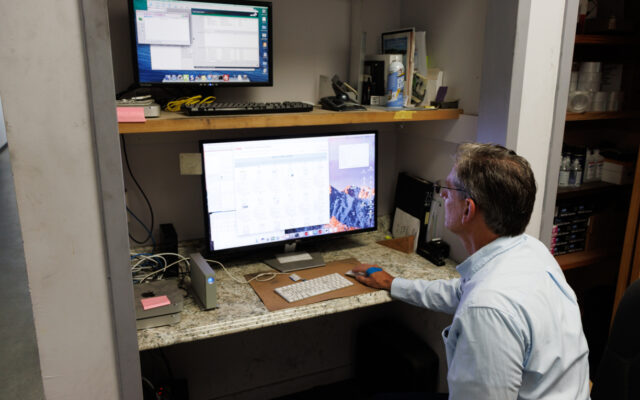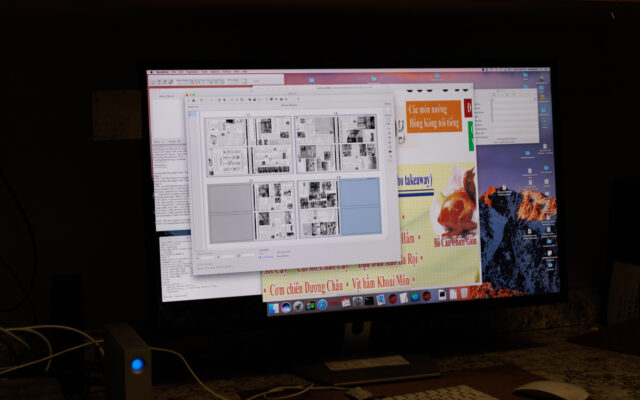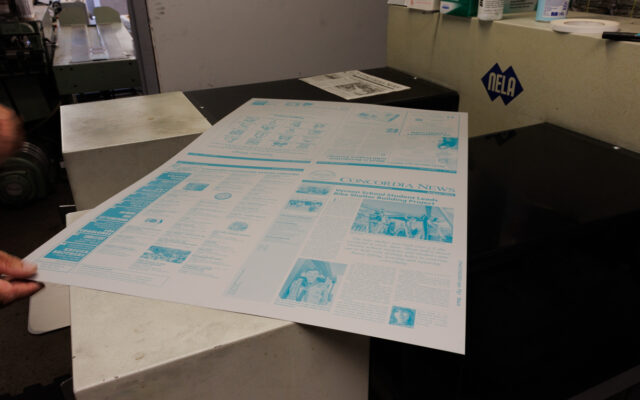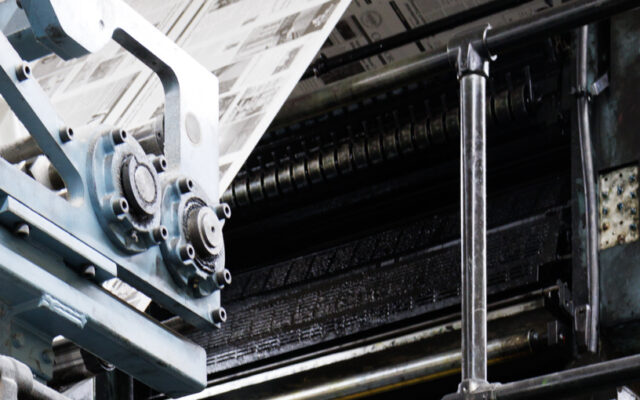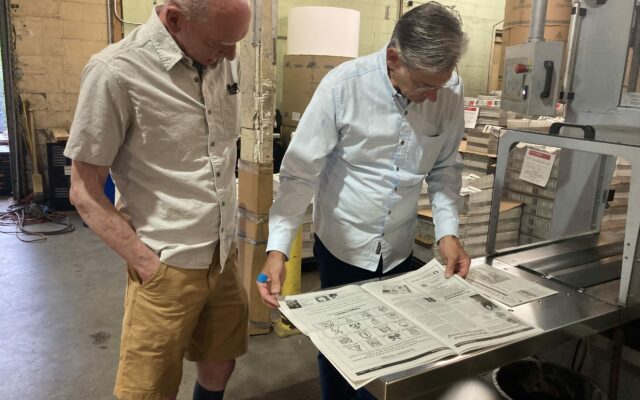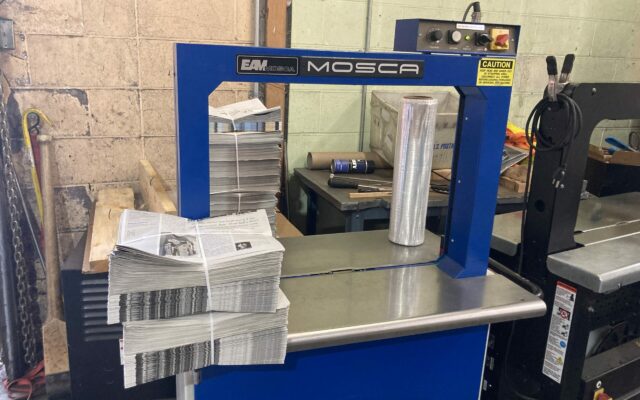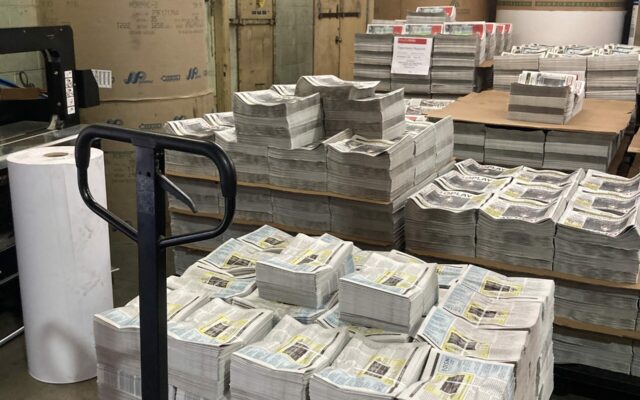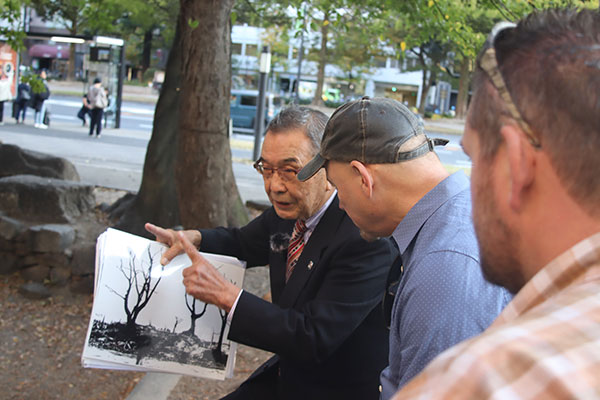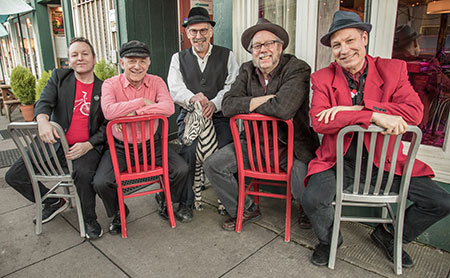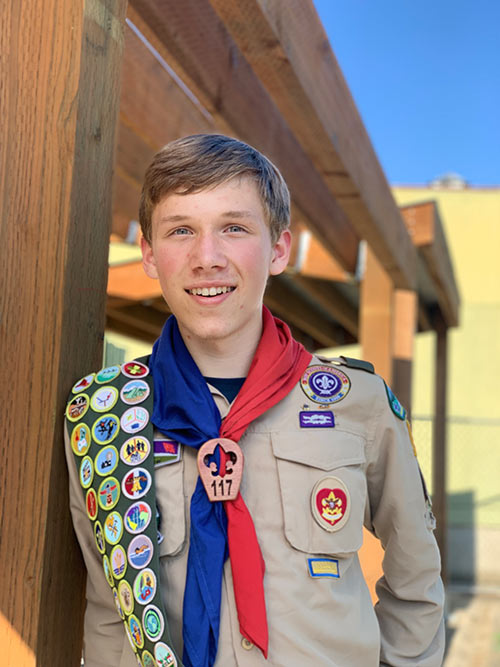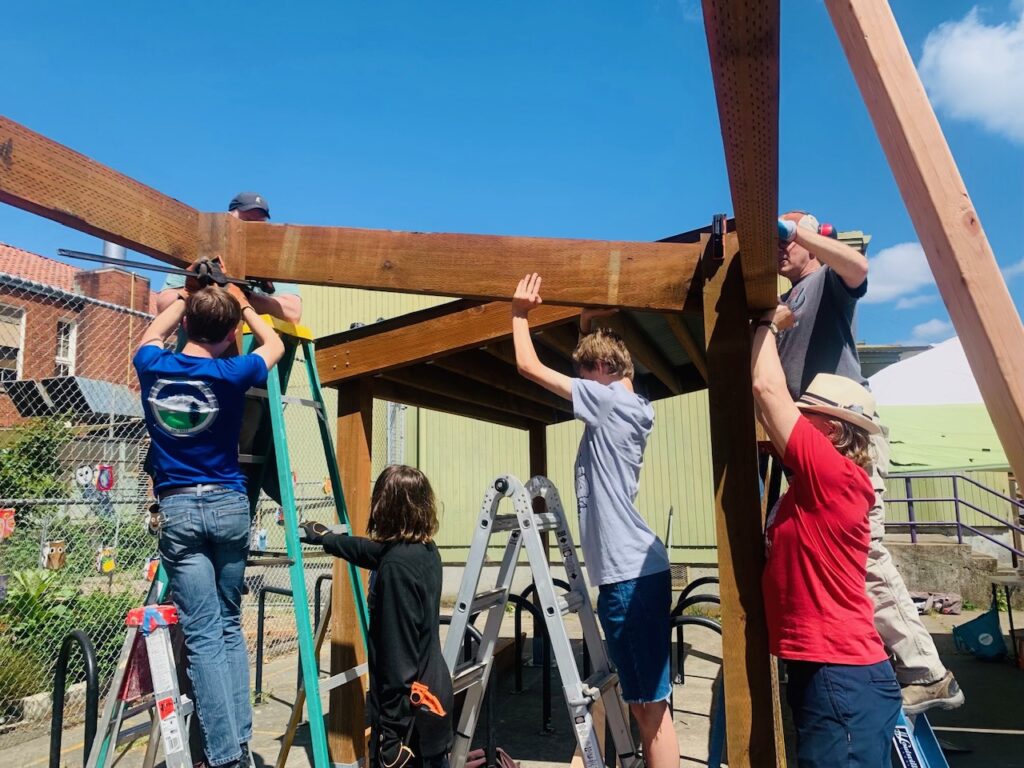For this month’s photo feature, we learned firsthand how newspapers are printed.
Every month, the media team at Concordia News finalizes the layout of the newspaper and sends it for printing. Blake Jensen is the Operations Manager at Pamplin in Gresham, where the majority of Concordia News editions have been printed.
“The printing process has changed very little in 70 years,” says Jensen.
